Bill Senefsky May 25, 2022 Chevrolet
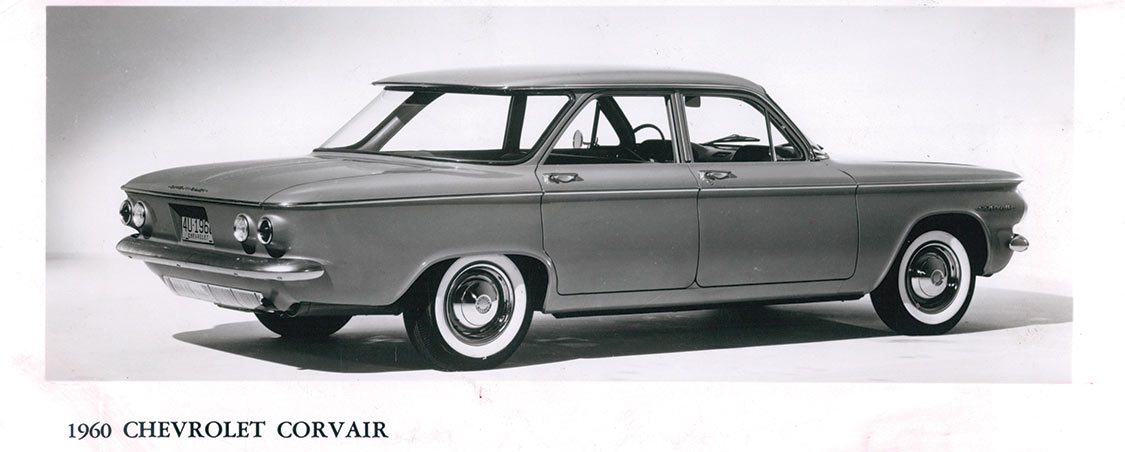
The middle ’50s found Detroit’s automakers being subjected to new influences on the American road. Family members who were becoming more affluent were intrigued and interested in a small number of European brands now “trickling” onto American shores.
The VW, Porsche, Renault and Fiat invasion had just begun. Small, independent dealers, along with several traditional, larger stores, were now offering these compact platforms to the public as an inexpensive way to create the two-car family. The additional attraction was they had lower operating costs due to their lower fuel consumption. They also eminated an aura of European flare that was just being broadcast by Hollywood movies of the era.

During this same period, and in this same lower-end market, the surviving American independent producers were attempting to keep their hold on their portion of the overall market. Both American Motors, formed by the earlier merger in 1954 of Nash and Hudson, and Studebaker and Packard, 24 short months later, had placed their sales success and survival in this developing compact niche. Equally troubling to the Big Three was the fact that sales of these smaller platforms were taking root and producing profits in a market that was supposedly unprofitable.
Though Ford, Chrysler and GM quietly began playing catch-up, Chevrolet’s answer was completely radical, to this day being the only American-designed and mass-produced air-cooled, rear-mounted flat six-cylinder power plant engineered for a mainline passenger car platform. Upon closer examination, it was no secret that there was a definite VW/Porsche connection in its design, engineering and development.
Edward N. Cole, one of the General’s great engineers, then Chevrolet’s general manager, had roots in Cadillac’s OHV V-8, Chevrolet’s “baby block,” and Corvette had been toying with air-cooled power plant concepts since the mid-’40s. A variety of different size vehicles, including military, commercial and rear-engine platforms, were intruiging. As a result, by the mid-’50s, a program was begun at Chevrolet under the Holden banner to develop the then-radical Corvair platform with the General’s complete blessing.
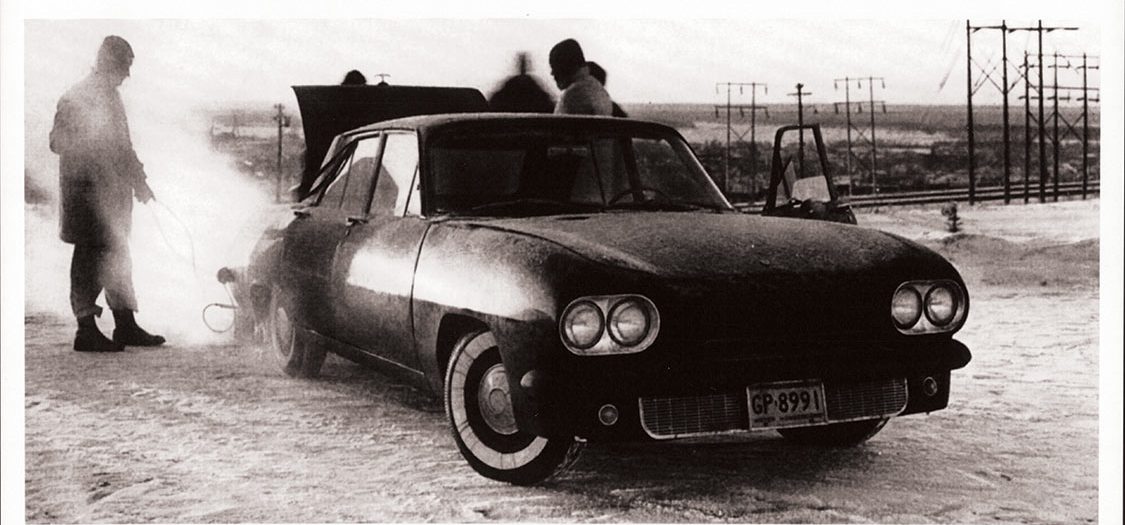
Officially launched as a 1960 model in a four-door configuration, the division’s main thrust was functionality rather than a sporty image. The brand rapidly expanded its future lineup to include a two-door coupe, convertible and briefly a four-door station wagon.
Truck versions, including a commercial station wagon and van, were followed by pickup derivatives. Performance Monza versions were fielded for the performance crowd to add market excitement, and within 36 months full sports car concept versions were tempting the public at auto shows and in the press. Private enthusiasts loved the concept and lost no time in appearing with their personal vehicles in all forms of American racing events from sports car venues to the drag strip.
The Corvair was powered by a flat horizontal six-cylinder air-cooled aluminum power plant. This unit was mounted in the rear of the platform (Porsche style), initially displacing 140 ci (2.3L) and producing 80 hp. Added to this was a compact design swing-axle rear suspension. Dubbed Quadri-flex, it combined coil-springs at all four wheels along with the independent suspension pieces in the rear.
This Corvair system followed the European versions used by Porsche, VW, Renault and others. GM development a test mule that used Corvair suspension components and engines mounted in several Porsches, including a 356. A fully independent four-wheel suspension, similar to the Corvette, arrived in 1965. In any case, the General owned the U.S. Patent office with this new creation.
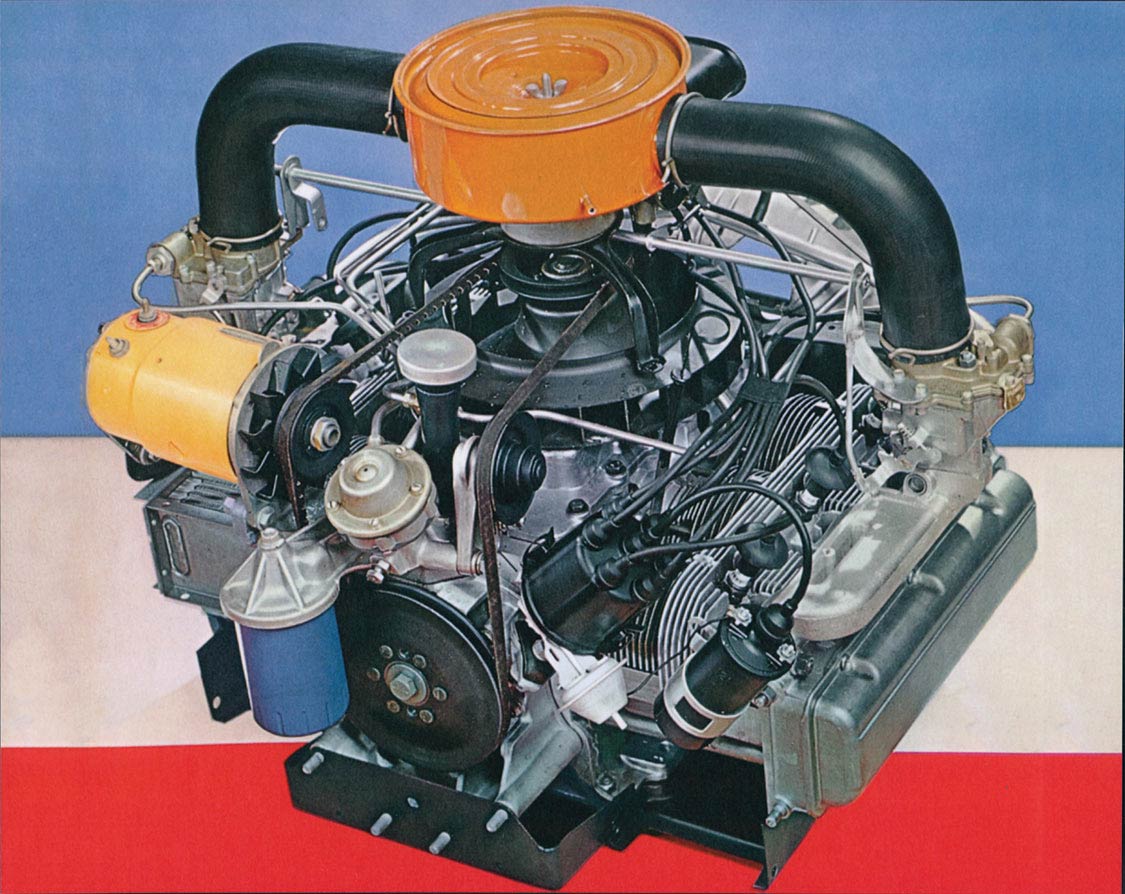
The novel platform featured unibody construction, a corporate and Fisher body first. Lower profile tires mounted on 13 x 5.5 inch wheels rounded out the package. Its new Z-bodied platform provided a lower silhouette, which translated into improved traction, ride comfort and braking ability. Inside, the addition of a flat floor increased passenger room and comfort. Its lighter weight and overall balance eliminated the need for the power-assist features of heavier units. Upon observation, Corvair was the most radically styled platform of the “outlandish” styling period, featuring no fins, little chrome, and being air-cooled, no front grille.
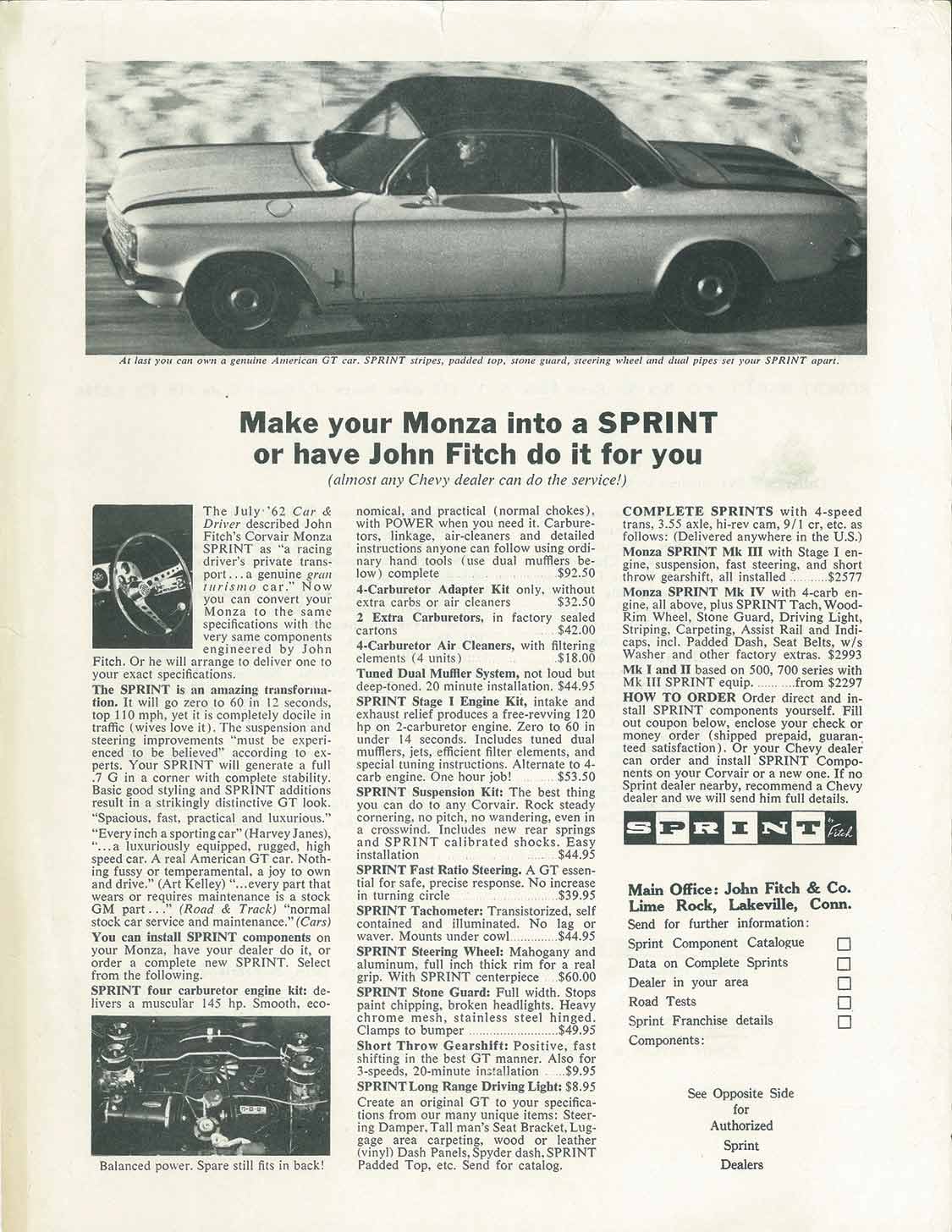
Upon arrival to dealers’ showrooms, the new and novel platforms featured numerous engineering patents. Being chosen Motor Trend’s Car of the Year in 1960 further supported the launch. Initial sales went beyond 200,000 units in its beginning years, surpassing many of its direct competitors. During its model lifetime, Corvair platforms sold 1,786,243 units in the nine-year period from 1960-69. Of some minor interest was the fact that Pontiac also was developing its version on the same “Z” platform dubbed the Polaris.
Conceived as strictly economy sedans, the 1960 Corvair 500 and 700 series four-door sedan platforms were sold as people movers with few options. In fact, the 500 series was the price leader, retailing for less than $2,000. Its 80-hp mill coupled to either a three-speed floor-mounted manual or optional two-speed Powerglide automatic transmission provided performance figures close to its benchmark platform, Chevrolet’s full-size Biscayne sedan equipped with the Stovebolt inline-six. The initial option list included the mentioned Powerglide transmission at $146, a folding rear seat for $32, AM tube-type radio at $54, and where needed, a gasoline-fired heater for $74. The division expanded both of the new series to include coupe versions in January 1960.
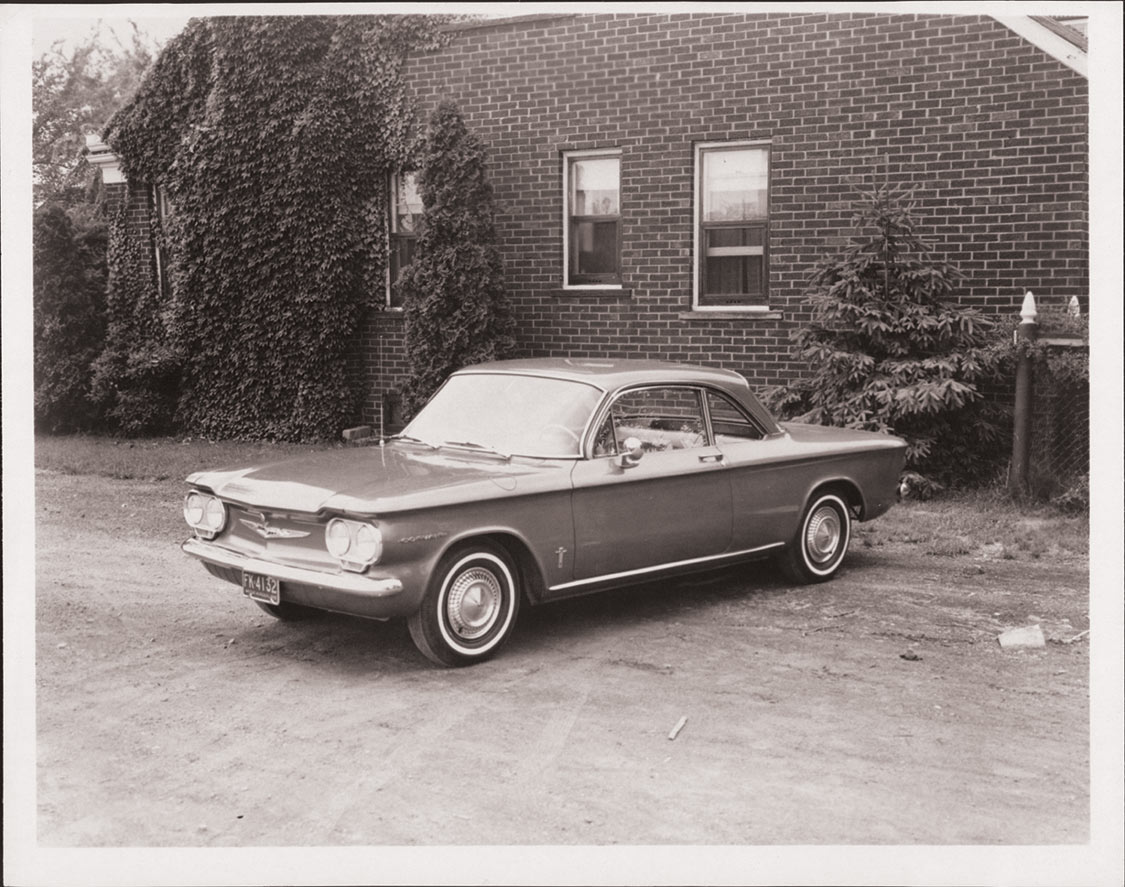
Though Corvair sales were moving and consumer interest was there, management decided to move their unique platform in a sportier direction. One of the reasons was that consumers felt the novel platform was more of a specialty car than a downsized conventional sedan. In spring 1960, a new 900 series dubbed Monza appeared, featuring upgraded interior trim, including bucket seats. Performance-wise the new unit also featured an optional 95-hp mill, along with a four-speed synchro trans. This flat-six featured a romanced camshaft and low restriction exhaust. The new option certainly caught on, with sales of 14,000 units despite a late launch.
Fine-turning of the brand continued in 1961 with additional engine modifications and model expansion. Corvair’s engine received a bore increase to 145 ci (2.4L). Base engine output remained 80 hp with manual transmissions, but was increased by 4 hp with the automatic. In the expanded Monza offerings, both coupe and four-door sedan output was raised to 98 hp. To give the illusion of increased trunk capacity, the spare was moved to the rear engine compartment, but only with platforms not ordered with optional Frigidaire-supplied air-conditioning. With regard to the midyear launch of air, it was not available on the wagons, trucks, or the further down the road, turbocharged models due to space limitations.
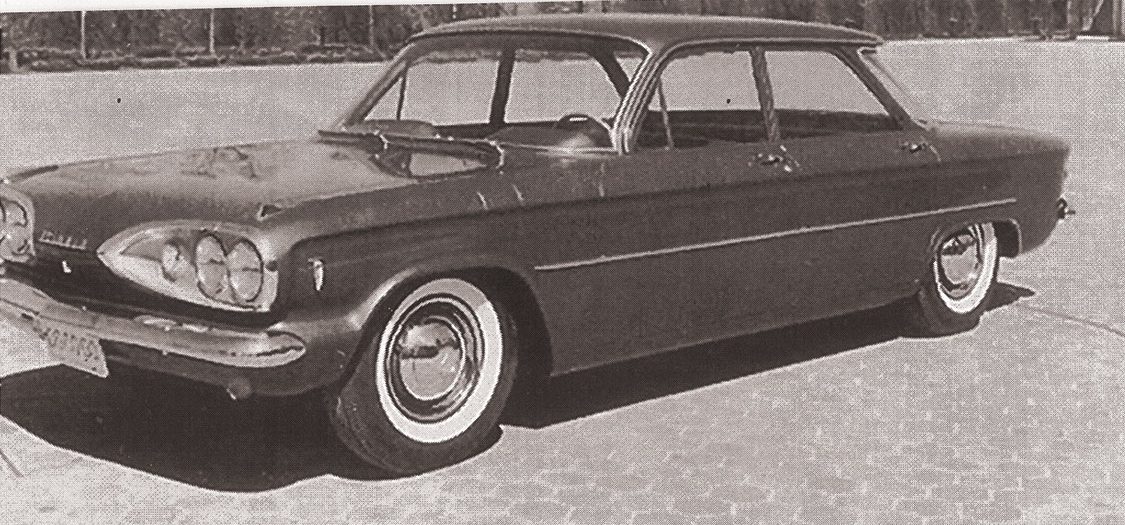
Interestingly, the brand, despite leaning to a sporty car market, also introduced a five-door station wagon known as Lakewood, and a radical three-model truck line dubbed Corvair 95. The truck line had definite cues from Germany’s VW.
The refinements continued with the new year with the addition of Monza trim levels to the station wagon line. Both the base 500 wagon and Lakewood versions were dropped, leaving the 700 the base unit. The hot news was the introduction of a convertible platform along with adding the 150 hp turbo Spider engine option to Monza coupes and convertibles. Corvair had the distinction of being the first production platform offering a turbo. With these new additions, the production of the Corvair wagons and one series pickup were dropped; the latter at the end of the year.
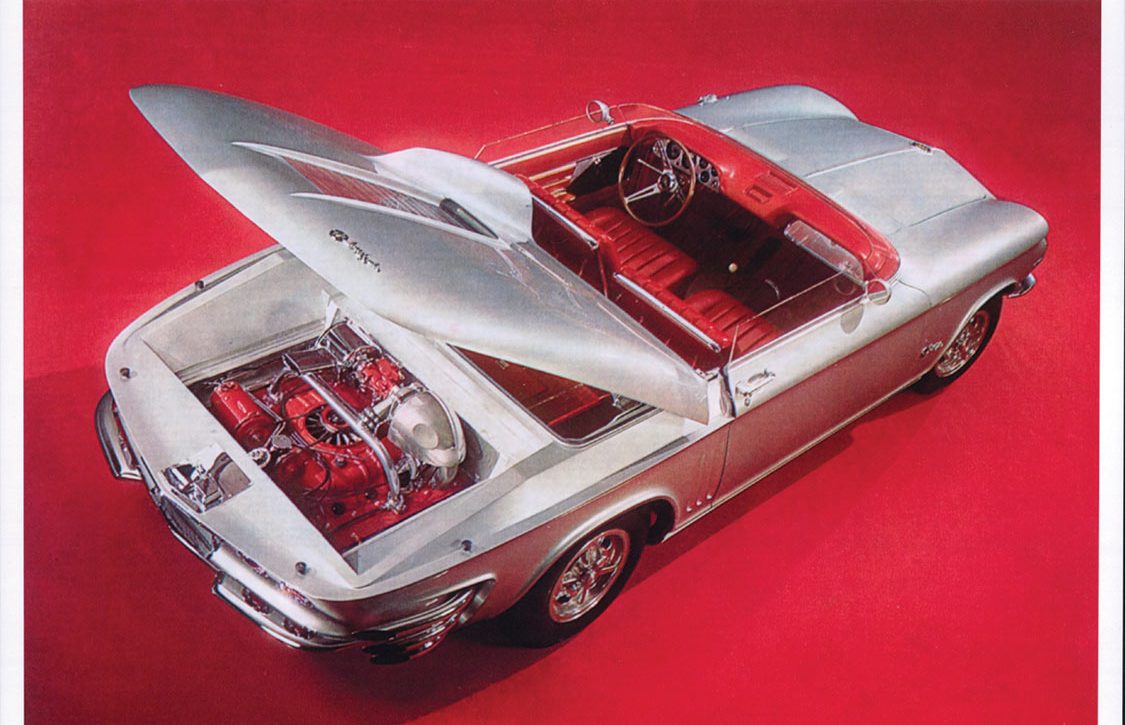
Corvair continued to move toward the sport market with the Monza and Spyder offerings. The option list now carried heavy-duty suspension pieces, including a front anti-sway bar, heavy-duty springs and shocks along with rear axle support. The Spyder package included turbo-engine and instrument panel additions of tach, cylinder head temperature and intake manifold pressure gauge. Spyder and Turbo identification rounded out the body trim. Platform sales proved that Chevrolet was moving rapidly into the sporty car market with Corvair; out of 292,531 units produced, 151,738 were Monza coupes.
Unsurprisingly, the automotive aftermarket noticed the brand’s success and offered a wide variety of performance equipment, including multiple carburetors, superchargers, exhaust headers and systems, along with suspension upgrades. Body enhancements, including spoilers and fake grilles, were also offered.
Sales of the sporty Monza accounted for a full 80% of Corvair production. Of these, 20% were convertible models. Self-adjusting brakes and minor trim changes rounded out the year. A 3.08 axle ratio was offered for those who cared.
Engineering changes occurred for 1964. The most important was the redesign of the swing-axle rear suspension. A transverse leaf spring was added along with softer rated rear springs to provide neutral handling and reduce rear sway stiffness. All models now had front anti-sway bars standard, and the heavy-duty suspension option was dropped. Finned rear brake drums were also added. Engine displacement was again increased to 164 ci, an increase in stroke. Power was up from 80 to 95 hp in the base mill, the high performance version was now rated at 110 hp. Spyder versions remained at 150 hp despite the cubic inch increase. Its last pickup, the Corvair 95 Rampside version, was quietly dropped at year’s end.
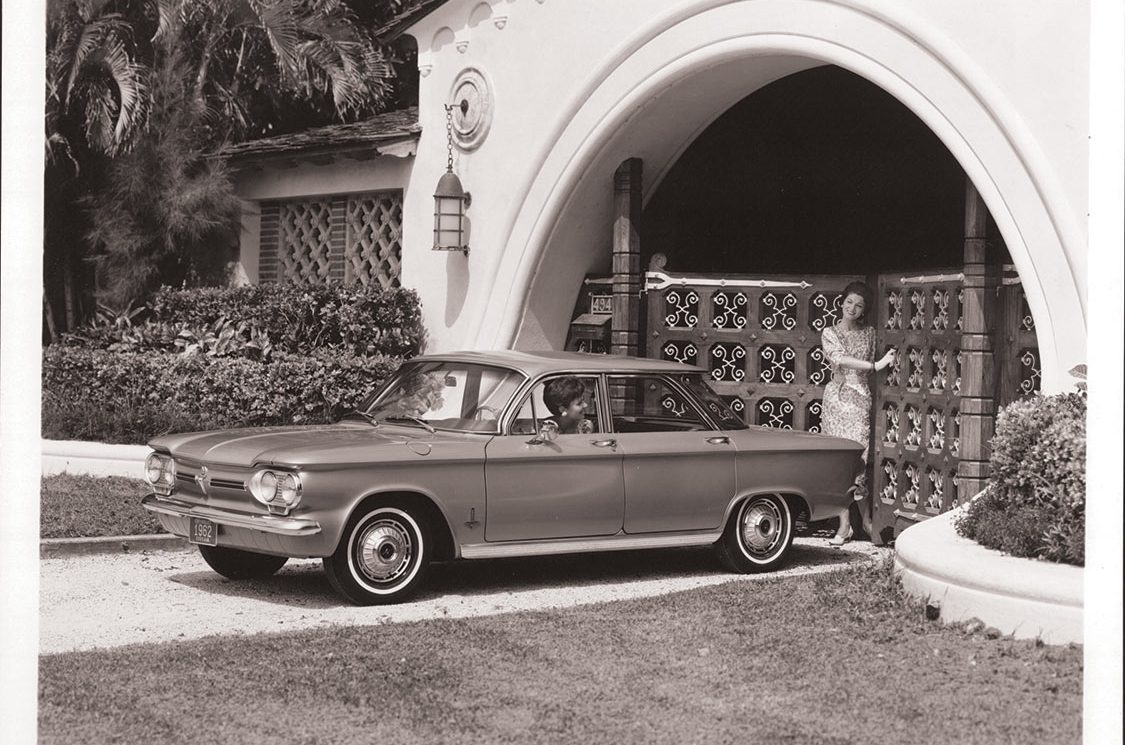
The General was certainly on a powerful roll with regard to styling by the mid-’60s. The Corvair series was also included. A radical redesign appeared in 1965 with styling cues taken from the new Buick Riviera and Chevrolet’s Corvette Stingray. The modern cues used “Coke bottle” influences and became a corporate mainstay; many observers and historians feel that General’s B-pillar look is considered unique and modern to this day.
Engineering-wise, Corvair’s platform featured a new fully independent suspension with features taken directly from the Corvette. This replaced the original swing axle from the earlier models. The Corvair’s setup differed from the Corvette, using coil springs at each wheel, rather than the single transverse leaf spring assembly.

Both of the standard mills were carried over with the base 95-hp and 110-hp versions. Sadly, the 150-hp Spyder version was dropped, replaced with a new normally aspirated four single-throat carb setup delivering 140 hp. This option also featured larger valving and dual exhausts. The new Corsa nameplate offered both the 140- and 180-hp turbo mills. Three-by-the-knee manuals were standard, with the four-speed fully synchro optional. The 140-hp mill was also offered on both the 500 and Monza series with the manual or Powerglide two-speed automatic.
A basket of improvements came with the new platforms. In keeping with the new sports car image, a Special Purpose Chassis Equipment (Z17 handling package) added performance suspension pieces along with a quicker ratio steering box. Larger brakes borrowed from the Chevelle, a new Delcotron alternator, and it came with a much stronger rear ring and pinion.
Inside the cabin, customers were rewarded with an in-dash-mounted air-conditioning system and an improved heater. The Corsa dashboard featured a 140-mph speedometer with reset trip odometer, a 6,000-rpm tachometer, cylinder head temperature gauge, manifold/vacuum pressure gauge and fuel gauge, and for those who cared, an analog clock with a sweeping second hand. The redesigned 1965 model year was good for Corvair, with 235,528 units sold.
The 1966 offerings were carryovers, but now, Saginaw gear sets were used in the four-speed transmission along with 3:11:1 first gear. A new safety two-piece steering column was added to satisfy the government. A new much smaller air-conditioning condenser replaced the huge older style in the engine compartment. A front air dam was designed and mounted to the front valance panel to both cover the front suspension and add platform stability. Close observation found some script and medallions moved around on the body.
Ralph Nader’s Unsafe at Any Speed publication was launched along with higher optioned Mustangs producing greater horsepower. Panther-dubbed prototypes (read: Camaro) were spotted on the proving grounds, and the internal decision to cancel future Corvair development was made. Production fell to 103,743 units. Internal meetings about halting production entirely at the end of 1966 were begun, but the engineering changeover costs in developing the 1965 models allowed the brand to continue on a year-to-year basis.
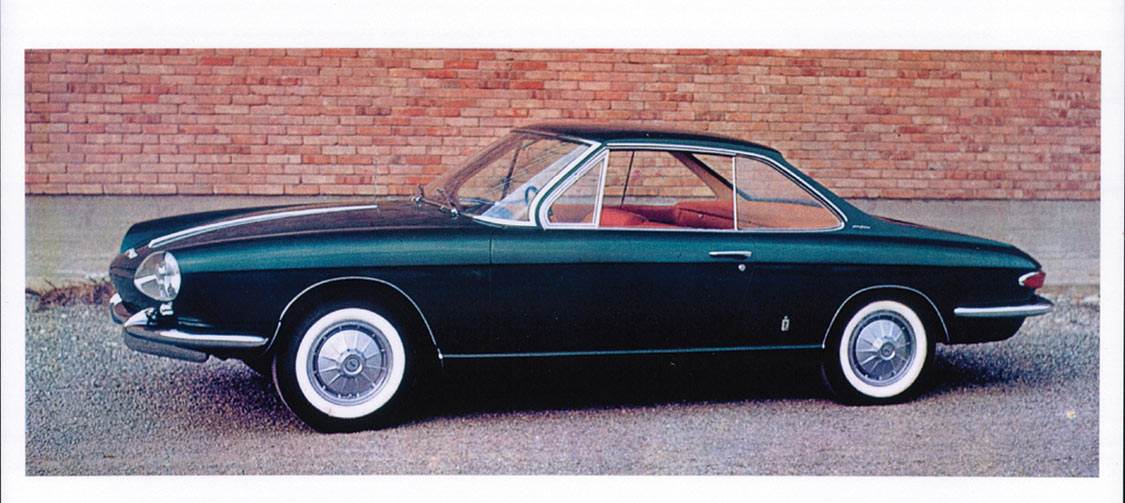
Outside of further safety requirements, a dual-circuit master cylinder (including warning light), nylon-reinforced brake lines, stronger steel door hinges and a fully collapsible steering column along with interior trim mods rounded out this year. Only the 500 and Monza coupes, hardtops and convertibles were now offered. GM’s new 50,000-mile powertrain warranty was extended to Corvair as well. Sales dropped to 27,253 units.
Within the next year, only the 500, Monza coupe and convertible remained. The higher ticket options were also cut with factory air-conditioning and GM Multiplex stereo units eliminated. The safety stuff continued to be added due to government regulations. Side marker lights and smog pumps were standard fare with shoulder belts added for the closed sedans. Sales fell to 15,400.
Corvairs were actually produced in 1969, but now they could be defined as literally hand-built in a separate Corvair facility at the original Willow Run plant. The Fisher bodies arrived from offsite to await final assembly in the specialized Corvair Room. The main facility was now producing the successful Chevrolet Nova. May 14, 1969, spelled the end of the rear-engined platform. In all, only 6,000 units were produced, including 521 convertibles.
Within the two years of Corvair’s launch, it was apparent that the marketing staff felt threatened enough in the mainstream compact sedan market to develop its unique platform into a sports machine. The Chevy II was developed to handle the conventional small car market and Corvair’s broad line began to shrink immediately. The General thought enough of the radical concept and engineering to develop many concept platforms to further push the envelope in the sport car arena. The Division also encouraged independent aftermarket producers to use production components in a variety of ways, including the Fitch sports version. Novel concepts ranged from two-passenger versions to Corvette-inspired fiberglass platforms to the rear-engine Chevrolet Astro, which debuted in 1967.
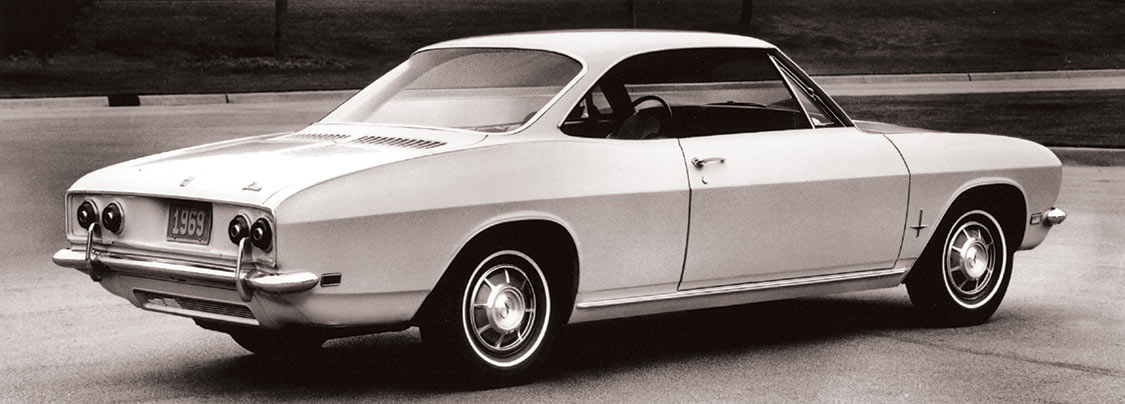
BEING CHOSEN MOTOR TREND’S CAR OF THE YEAR FURTHER SUPPORTED CORVAIR’S LAUNCH.